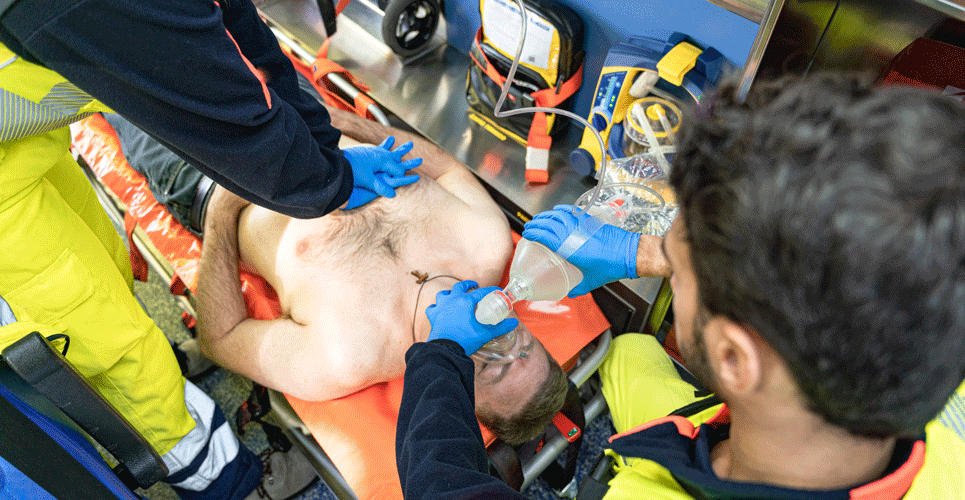Combining vasopressin and methylprednisolone led to the return of spontaneous circulation in patients with an in-hospital cardiac arrest.
Using vasopressin and methylprednisolone improves the likelihood of a return to normal circulation among hospitalised patients experiencing a cardiac arrest compared to placebo. This was the finding of a randomised trial by a team from the Research Center for Emergency Medicine, Aarhus, Denmark. In-hospital cardiac arrests are not uncommon, with data from the UK, estimating that the annual incidence of such events to be 1 to 1.5 per 1,000 hospital admissions with only around 23% surviving to discharge. Similarly, in the US, around 290,000 adults suffer an in-hospital cardiac arrest every year and again, survival to discharge occurs in only around a quarter of patients.
The most common drug treatment for cardiac arrests within a hospital setting includes the use of epinephrine, amiodarone or lidocaine although these recommendations are an extrapolation of studies in patients with cardiac arrests that have occurred outside of hospital. The use of vasopressin and methylprednisolone in people experiencing a cardiac arrest has been previously explored in two studies. The first trial in 2009 was conducted with 100 patients and the authors concluded that combined vasopressin-epinephrine and methylprednisolone during resuscitation improved survival in refractory in-hospital cardiac arrest. In a more recent 2013 study, patients were randomised to either vasopressin and epinephrine or saline and epinephrine and those in the vasopressin group also received a single dose of methylprednisolone (40 mg). Although the vasopressin and methylprednisolone combination resulted in improved survival to hospital discharge, currently, both the US and European resuscitation guidelines, do not recommend this combination.
The present Vasopressin and Methylprednisolone for In-Hospital Cardiac Arrest (VAM-IHCA) trial, was designed to test whether this combination improved the return to spontaneous circulation in those suffering an in-hospital cardiac arrest. Included patients were required to have at least one dose of epinephrine during a cardiac arrest and the intervention comprised methylprednisolone 40 mg and 20 IU of vasopressin given as soon as possible after the first dose of epinephrine. An additional four doses of vasopressin (20 IU) were permitted after each epinephrine dose and the placebo consisted of 9 mg/mL of sodium chloride from identical ampoules. The primary outcome was the return of spontaneous circulation, i.e., where there was no further need for chest compressions sustained for at least 20 minutes. A key secondary outcome was 30 day survival and survival with a favourable neurological outcome, based on a cerebral performance category (CPC) score of 1 or 2.
Findings

A total of 501 patients with a mean age of 71 years (64% male) were included in the final analysis. Overall, 100 patients (42%) in the vasopressin and methylprednisolone group achieved the primary outcome compared to 86 (33%) in the placebo group (risk ratio, RR = 1.30, 95% CI 1.03 – 1.63, p = 0.03). However, 30-day survival was not significantly different (RR = 0.83, 95% CI 0.50 – 1.37, p = 0.48) and there was also no difference in the proportion of patients achieving a CPC scores of 1 or 2.
The authors concluded that while compared to placebo, the combination of vasopressin and methylprednisolone increased the likelihood of a return to spontaneous circulation, there remained uncertainty over whether this treatment resulted in benefit or harm for the longer term survival of patients.
Citation
Anderson LW et al. Effect of Vasopressin and Methylprednisolone vs Placebo on Return of Spontaneous Circulation in Patients With In-Hospital Cardiac Arrest A Randomized Clinical Trial. JAMA 2021

